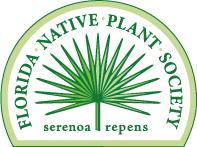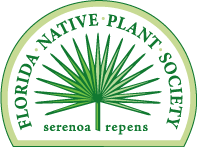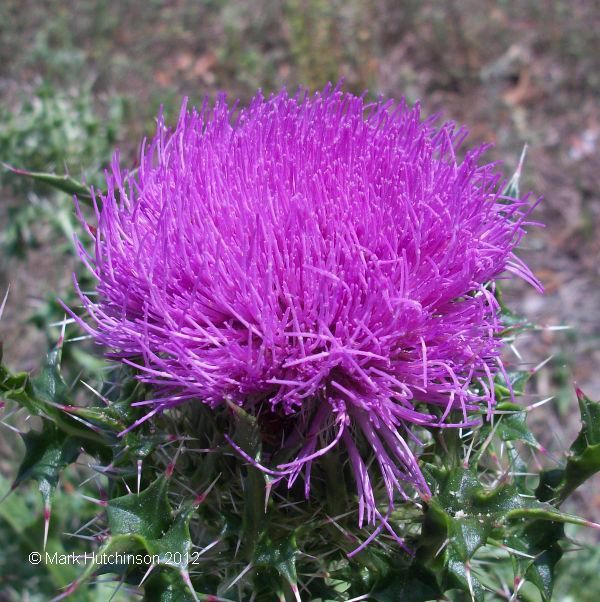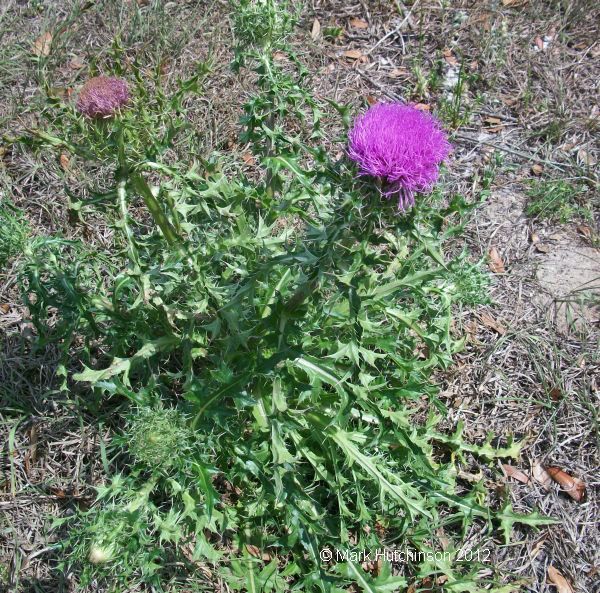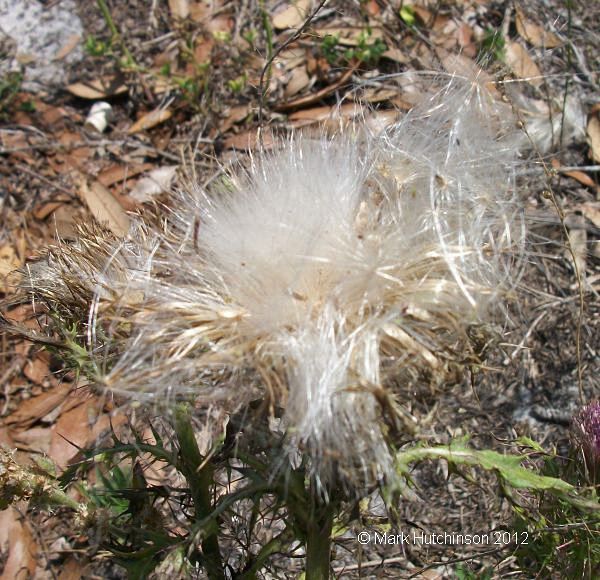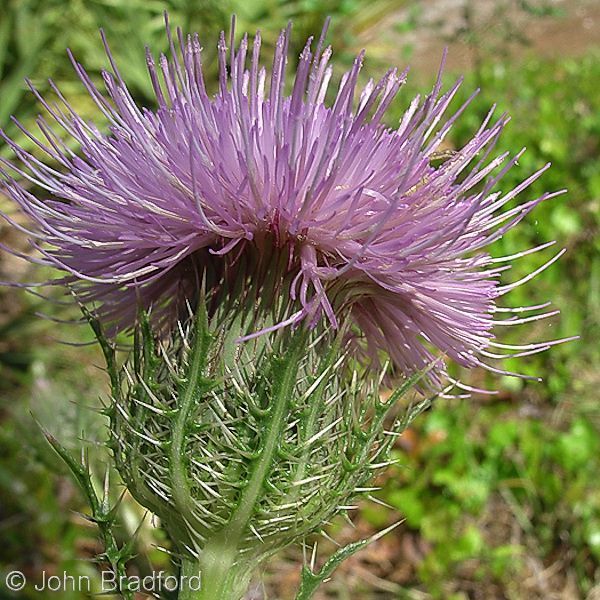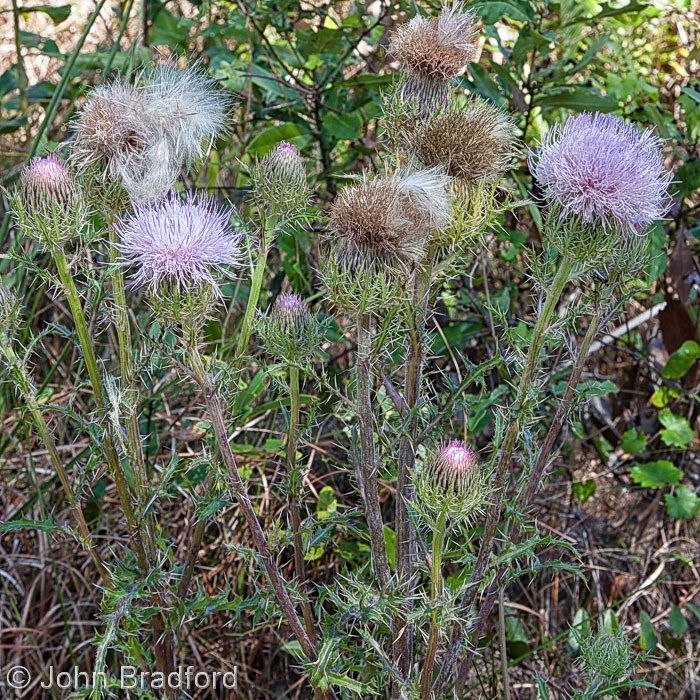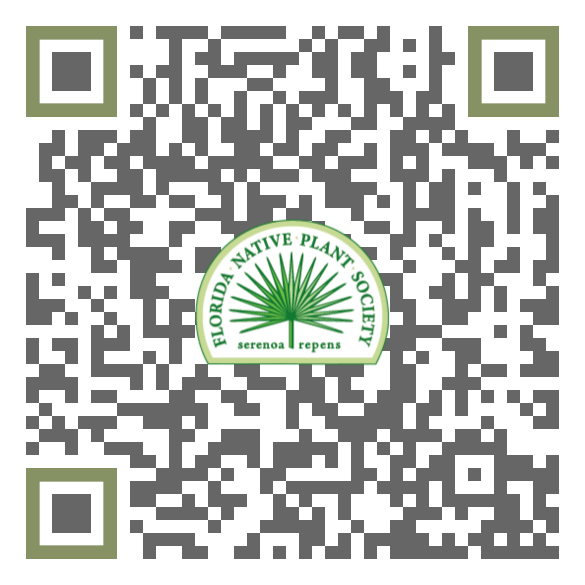FNPS Plant Database
Cirsium horridulum
Nomenclature
Common Name:
Synonym(s):
Genus species:
Family:
Asteraceae (Compositae)
Plant Specifics
Form:
Size:
Life Span:
Long-lived perennial
Flower Color:
Fruit Color:
Phenology:
Noted For:
Landscaping
Recommended Uses:
Considerations:
Availability:
Propagation:
Light:
Moisture Tolerance:
Always Flooded---------------------------------Extremely Dry
□□□□□□□□□□□□□□□□□□■■■■■■■■■■■■■■■■■■□□□□□□
Somewhat moist, no flooding -to- Somewhat long very dry periods
Salt Water Flooding Tolerance:
Unknown
Salt Spray/Salty Soil Tolerance:
Some tolerance to salty wind but not direct salt spray
Soil or Other Substrate:
Sand
Soil pH:
Suitable to Grow In:
8A,8B,9A,9B,10A,10B

USDA zones are based on the average annual extreme minimum winter temperature.
Don't know your zone? Click here to search by zip code.
Ecology
Wildlife:
- Larval host to little metalmark ( Calephelis virginiensis ) and painted lady ( Vanessa cardui ) butterflies.
- Nectar source for native butterflies and bumblebees. Bees documented in Florida include Evylaeus pectoralis, Halictus ligatus, Lithurgzcs gibbosus, Megachile brevis pseudobrevis , and the non-native Apis mellifera (honeybee) (Deyrup et al. 2002).
- Beetles eat the flowers.
- Provides nesting material for some native bees (based on information provided by the Xerces Society to the Lady Bird Johnson Wildflower Center )
The seeds are rich in oil, an important food source for seed-eating birds.
Native Habitats:
Comments:
Ethnobotany:
General Comments:
Citations:
Eckberg, J., E. Lee-Mader, J. Hopwood, S. Foltz Jordan, and B. Borders. (2017). Native Thistles: A Conservation Practitioner's Guide. Production Methods, and Habitat Restoration Opportunities. The Xerces Society for Invertebrate Conservation, Portland, OR.
Gann, G.D., C.J. Abbott, C.G. Stocking, K.N. Hines, and collaborators. (2001+), Natives For Your Neighborhood. ( https://www.regionalconservation.org/beta/nfyn/plantdetail.asp?tx=Cirshorr ). Accessed 2026. The Institute for Regional Conservation. Delray Beach, Florida.
Hammer, Roger. (2015). Attracting Hummingbirds and Butterflies in Tropical Florida. University Press of Florida, Gainesville.
Lady Bird Johnson Wildflower Center. (2022). Plant Database: Cirsium horridulum (Bristle Thistle). ( https://www.wildflower.org/plants/result.php?id_plant=CIHO2 ). Accessed 2026. Lady Bird Johnson Wildflower Center, Austin, TX.
Wunderlin, R. P., B. F. Hansen, A. R. Franck, and F. B. Essig. (1999+). Atlas of Florida Plants. ( https://florida.plantatlas.usf.edu/ ). [S. M. Landry and K. N. Campbell (application development), USF Water Institute.] Institute for Systematic Botany, University of South Florida, Tampa.
